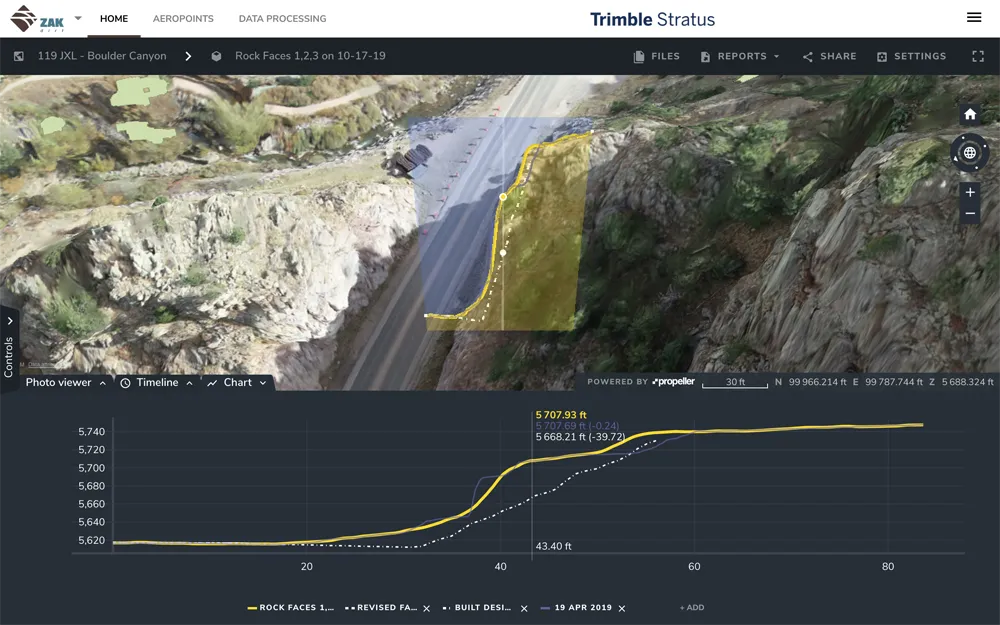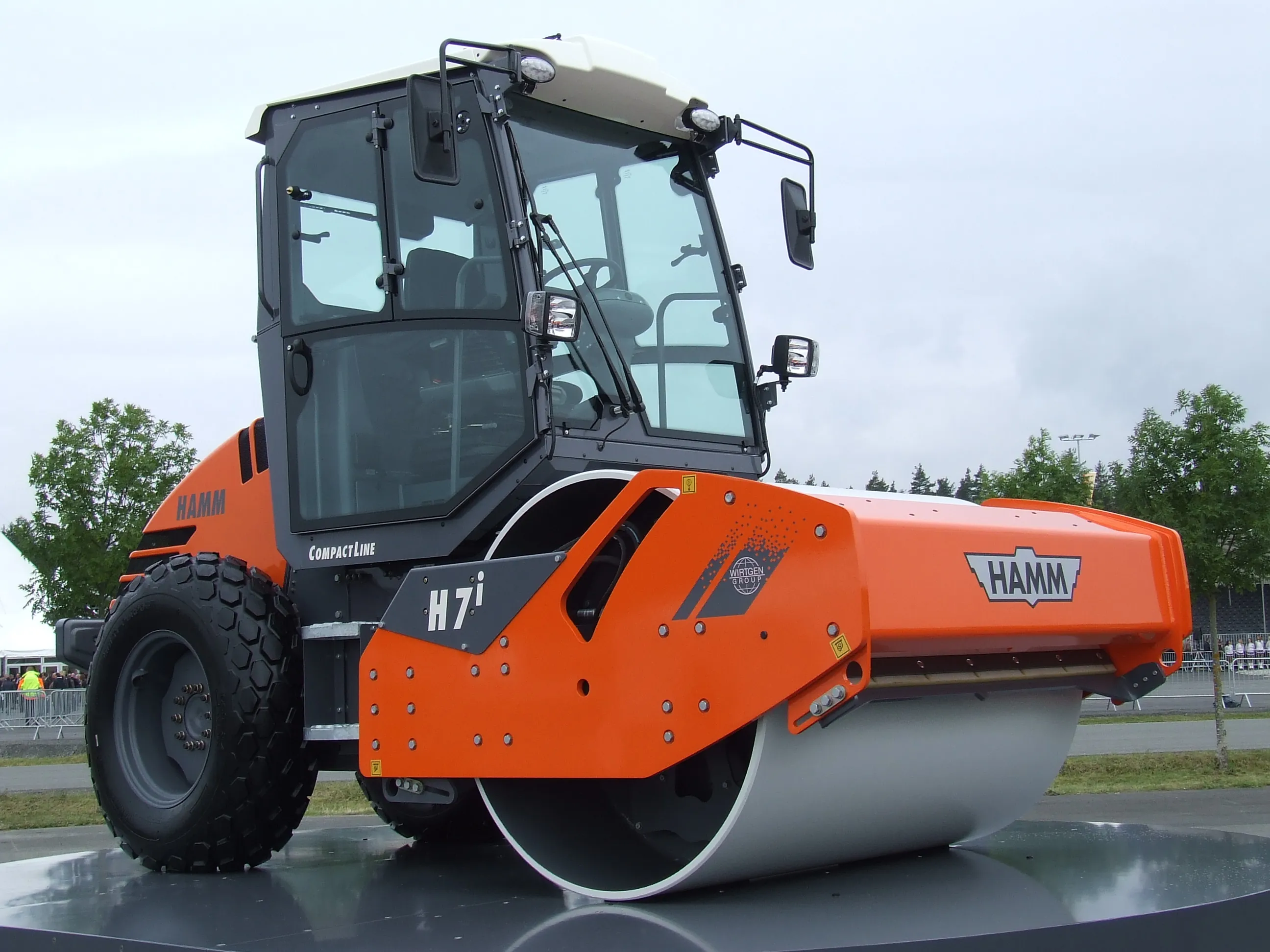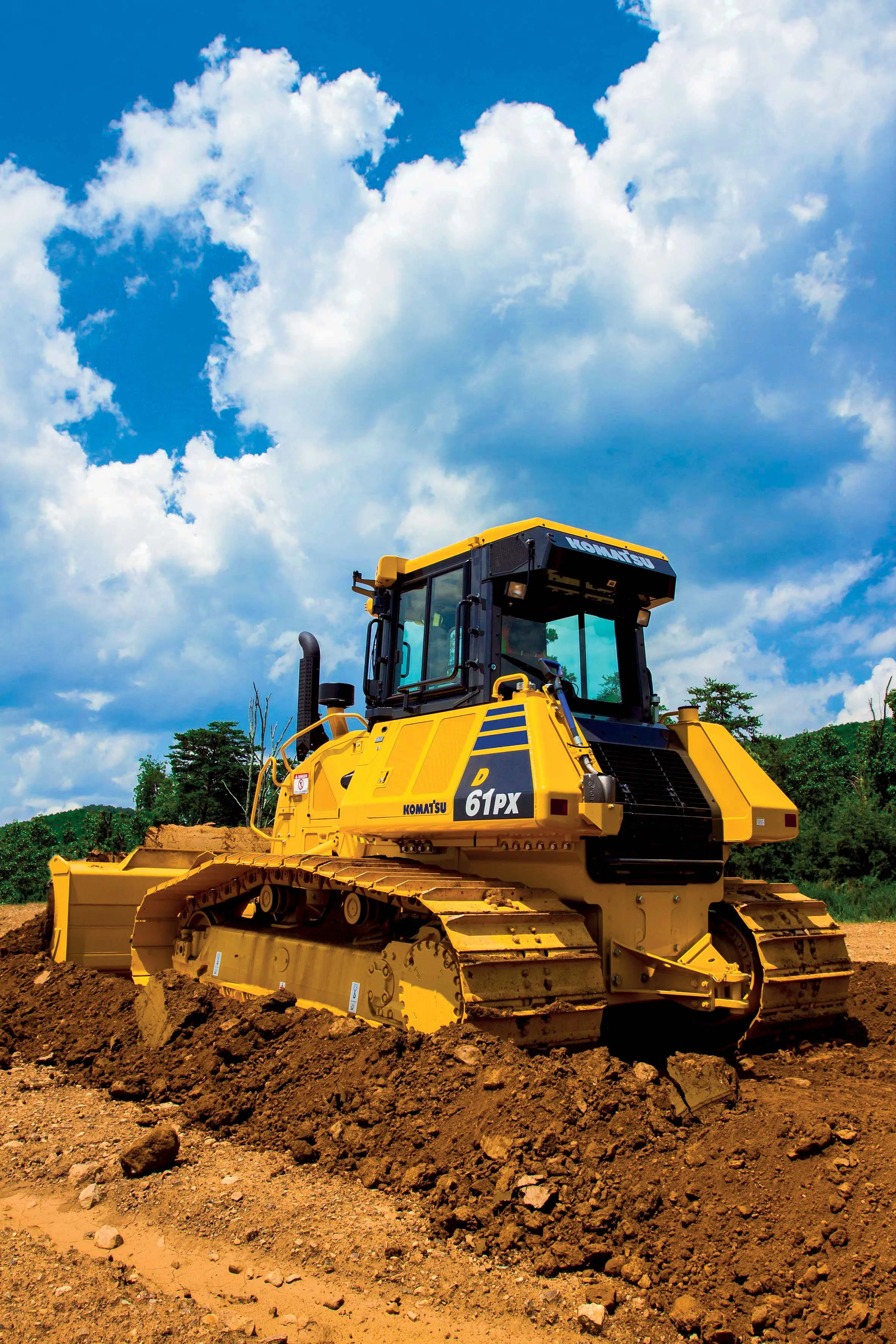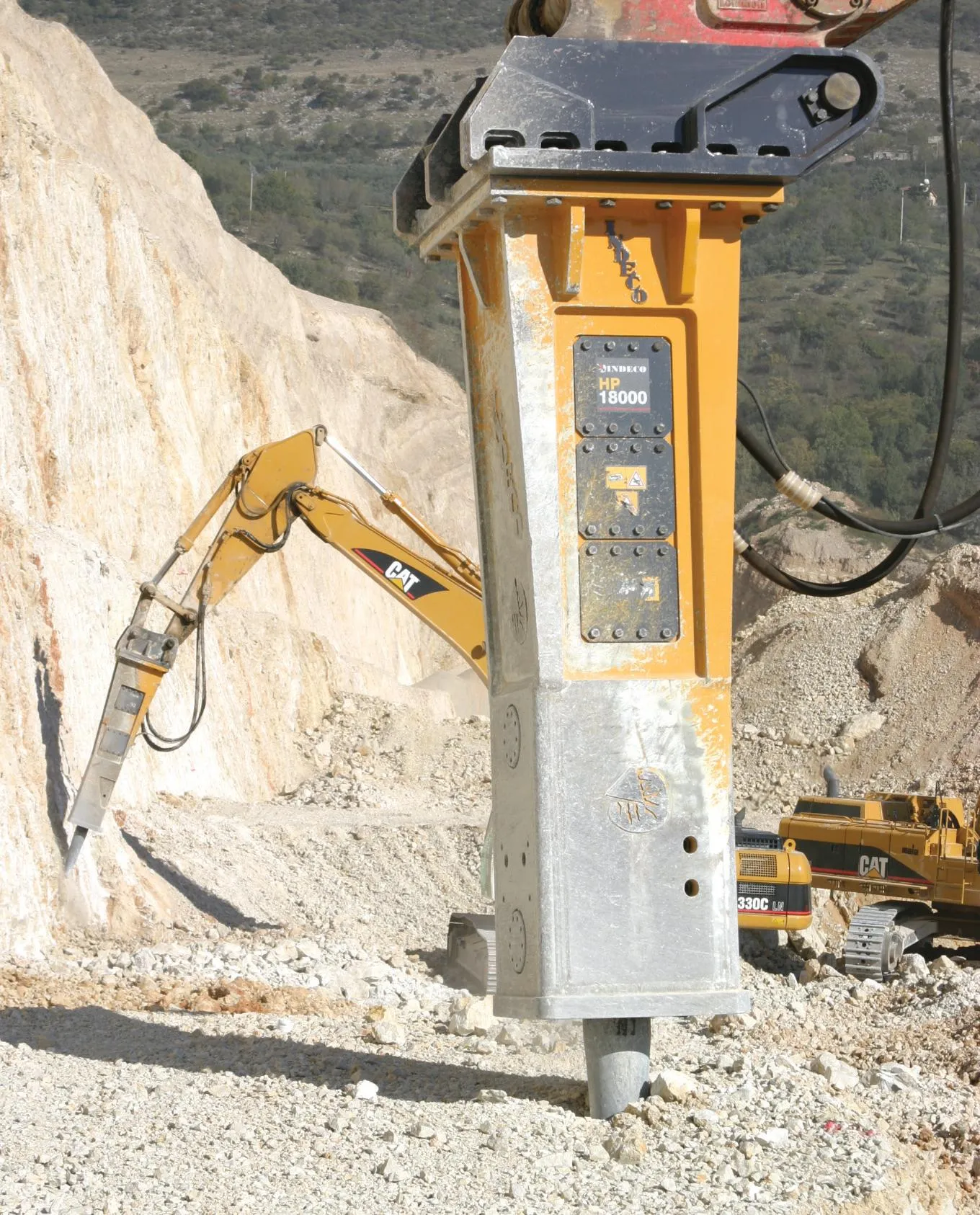Long reach excavators now dominate the demolition sector - Mike Woof reports
The last 10-15 years have seen the way demolition work is carried out change dramatically. Safety issues have long been of concern in the demolition sector, with the industry having been criticised for not doing enough to protect its workforce.
Demolition projects can be dangerous due to the very nature of the job, with old structures being knocked down and broken up on-site.
There is a substantial risk to site workers from
April 13, 2012
Read time: 5 mins

Long reach excavators now dominate the demolition sector - Mike Woof reports
The last 10-15 years have seen the way demolition work is carried out change dramatically. Safety issues have long been of concern in the demolition sector, with the industry having been criticised for not doing enough to protect its workforce.Demolition projects can be dangerous due to the very nature of the job, with old structures being knocked down and broken up on-site.
There is a substantial risk to site workers from falling objects in particular, as well as from dust or hazardous materials used in the construction of older generation buildings.
In Europe and North America, much tougher legislation covering on-site working has improved health and safety issues for demolition personnel. At the same time, the phasing out of old style crawler cranes equipped with wrecking balls and their replacement with modified excavators has boosted both productivity and safety. Old generation crawler cranes were noisy in operation and few operators now can use these machines effectively, with newer hydraulic crawler cranes being less suitable for tough demolition work. At the same time, the hit or miss nature of a crane-wielded wrecking ball cannot match the more specific operation of a modified long-reach excavator fitted with a suitable demolition attachment. Both in terms of on-site safety and productivity, the long reach excavator with an attachment wins out over the old style crane and wrecking ball combination.
The long reach excavator is a far more effective and efficient tool for demolishing reinforced concrete structures than earlier machines. Long reach excavators are now widely used for removing old multi-storey car parks, highway flyovers and bridges that have reached the end of their service life.
In the UK,
Caterpillar and
In addition manufacturers have also started offering reinforced versions of their excavators for the demolition market to work alongside the long reach machines. These units feature cab guards and hose protection but are aimed at support duties for the long reach machines, such as loading broken up materials onto tipper lorries or carrying out secondary breaking.
The long reach excavators have evolved over time, with features such as tilting cabs, boom-mounted CCTV equipment and extra protection making the machines more comfortable and precise to use, as well as being safer. Heavily reinforced cabs help boost operator safety by giving effective falling object protection. Telescopic boom extensions and interchangeable booms have boosted both working versatility and machine utilisation rates.
This evolution has continued and as time has moved on, various manufacturers have set up partnerships with specialists to build long reach machines to the specific requirements of each client. Because some machines may be purchased for a particular contract, certain features may be required to cope with on-site conditions or to match a contractor's particular needs. However, it has been difficult for major manufacturers used to building excavators in large production runs to achieve economies of scale in the niche market for highly specialised, long reach excavators for demolition use.
For this reason specialists such as Kocurek in the UK continue to see strong interest in purpose-modified machines. This firm modifies excavators to customer requirements, based on a wide range of application-specific options.
Many manufacturers have now established deals with specialists that can tailor the base machine to the needs of the contractor instead.
Volvo Construction Equipment is one of the latest to take this step, signing a partnership agreement with Sweden's CeDe Group. This will see a wide range of specialist machines, including those for demolition work, made available through the Volvo CE European distribution network. The agreement will see Volvo CE supply the base machines with part CE marking to CeDe Group which then adapts them to specific market applications before gaining full CE marking.
The attachments too have been improved and contractors have an array of job-specific units to choose from, not just breakers but pulverisers and cutters too with rotation to boost versatility.
As the demolition specific machines have evolved, so have the working practices of the industry. In the past demolition contractors would often select an old excavator for breaker work for example, arguing that the vibration generated by the tool would cause damage to a new machine. Earlier hydraulic breakers were certainly less efficient and less well-damped than now, generating higher levels of vibration for the carrier machine that saw frequent hose failures and sometimes resulted in booms and dippers cracking. However this approach also resulted in lower overall productivity due to the lesser performance of the older excavators used, which also suffered more frequent breakdowns than newer machines in the same operating cycle. But demolition contractors now invest in their machines, opting for new excavators that deliver higher performance and that are also better able to cope with the rigours of a tough duty cycle. Training too has been seen as being vital for providing a productive and safe worksite. And skilled operators able to use long reach excavators effectively are paid premium rates.









